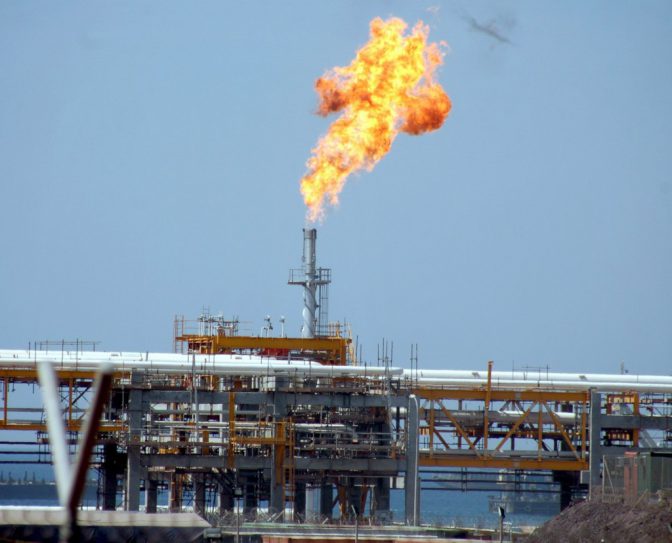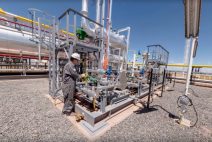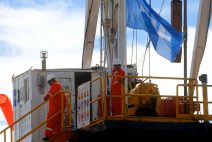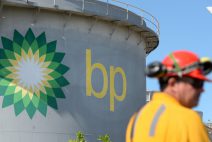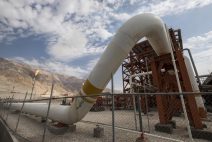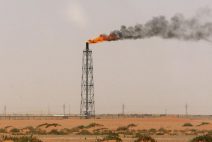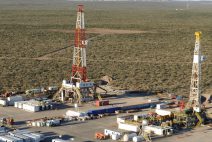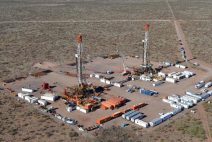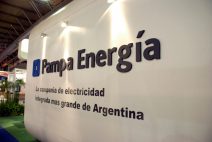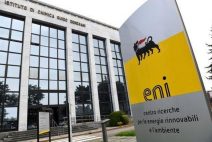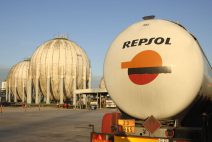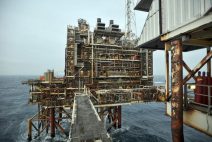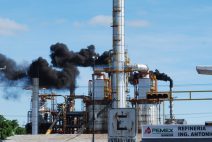The President of Bolivia, Luis Arce, announced the discovery of 1.7 trillion cubic feet (TCF) of natural gas in a "mega field" located in the western department of La Paz, making it the "third largest producing field" in the Andean country. It is estimated that this discovery will generate $6.8 billion in revenue.
"The presence of gaseous and liquid hydrocarbons has been confirmed in the Copacabana and Tomachi middle and lower formations, confirming 1.7 TCF of reserves, the largest discovery of reserves since 2005," Arce stated.
Arce said that the discovery belongs to the Mayaya Centro-X1 IE well, which will generate approximately $6.8 billion over its lifetime. With this discovery, "La Paz enters a completely different dimension" as it will now receive royalties as a new "producing department" of hydrocarbons.
He also noted that the project includes drilling three additional wells and constructing an interconnection pipeline that will produce up to 10 million cubic meters per day (mmcd) and between 500 to 1,000 barrels of oil per day.
The Mayaya Centro-X1 IE well is part of the hydrocarbon exploration efforts undertaken by the state-owned Yacimientos Petrolíferos Fiscales Bolivianos (YPFB) in the northern sub-Andean region, which includes the departments of La Paz, Pando, and Beni.
Arce estimated that the northern region of the country "could have more than 17 TCF" of natural gas reserves.
He also mentioned that this recent discovery maintains Bolivia's status as "an important natural gas exporter," boosting a "second era of exportation."
Bolivia began to feel a decline in its natural gas production a few years ago, which was its main export resource, due to the depletion of its main fields located in the southeastern region, comprising the departments of Tarija, Chuquisaca, and Santa Cruz.
The latest certification of Bolivian hydrocarbon reserves, dating from December 2018, indicated that the country had 10.7 trillion cubic feet (TCF) of natural gas. However, a 2019 report from the Ministry of Hydrocarbons established that reserves had decreased to 8.7 TCF.
For several years, the government has been implementing the 'Upstream Reactivation Plan (exploration and production),' which includes 42 exploratory projects in various regions to increase hydrocarbon production.
